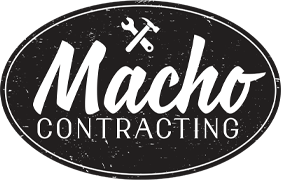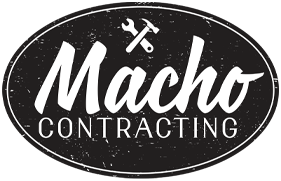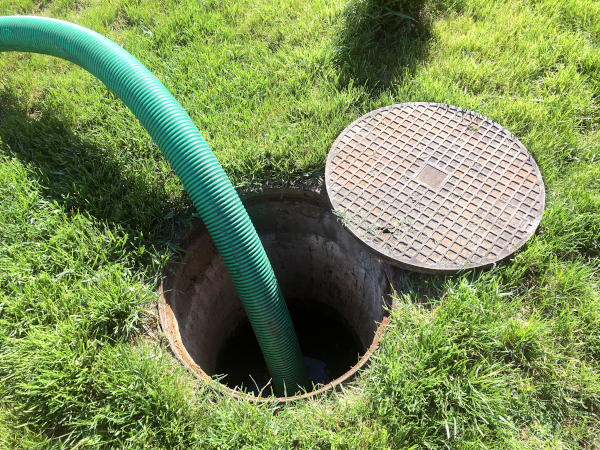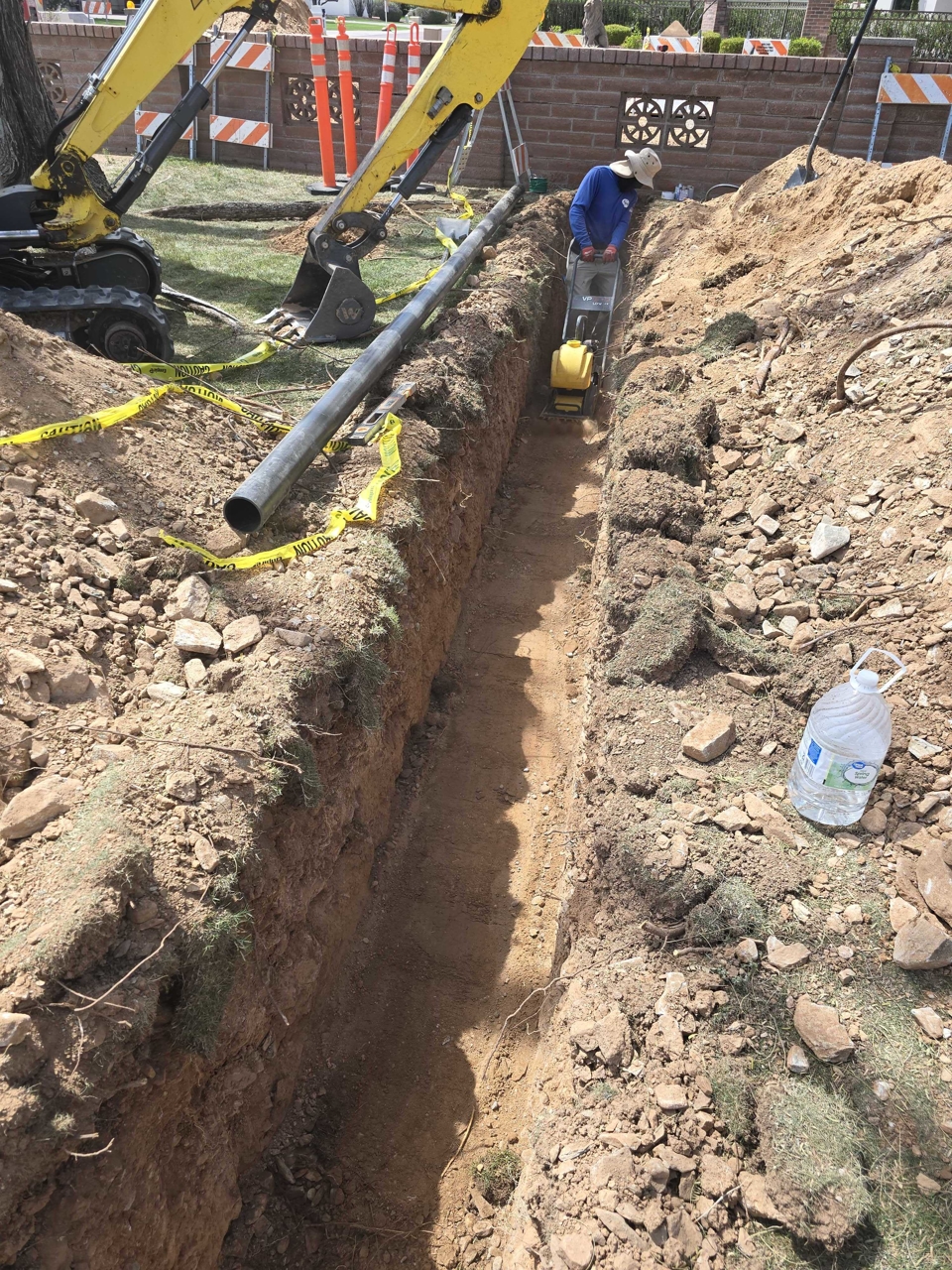When it comes to buying or selling a property with a septic system, having a professional septic tank inspection is an essential part of the process. Whether you’re getting a standard inspection or a real estate transfer ADEQ septic inspection, knowing exactly what’s involved can help avoid surprises and ensure a smooth property transaction. Let’s take a closer look at what a septic tank inspection and certification process involves, based on expert services provided by Macho Contracting.
The Septic Inspection Process: What’s Involved?
1. Locating the Septic Tank
One of the first steps in any septic inspection or certification process is locating the septic tank. This is often more challenging than it sounds. Many homeowners are unaware of where their septic tank is located, which can lead to unnecessary delays. For a smooth inspection, it’s important that the septic tank is easily accessible.
Note: As a homeowner or property owner, it is very IMPORTANT that you know where your tank is.
2. Exposing the Septic Tank
Once the septic tank is located, it needs to be exposed for inspection. This is typically done by either digging or excavating the area around the tank. Tanks are generally located about three feet below the topsoil, which helps keep them protected and functional over time.
Important: If your septic tank is not easily accessible, you may need to install risers. Septic inspectors often recommend this for easier access, and new septic installations in Maricopa County require risers for accessibility.
3. Pump and Clean the Septic Tank
For the septic inspection or certification process, the tank must be pumped out. This means removing both the liquids and solids in the tank. The solids are typically removed by de-sludging, which ensures that the tank is cleaned thoroughly and ready for inspection. This is a key step in the inspection process to ensure the system is functioning properly.
4. Inspecting the Septic Tank and Components
With the tank emptied, the inspector will assess the condition of the tank itself, looking for any cracks, damage, or signs of wear. The baffles inside the tank, which help direct wastewater flow, are checked for functionality. The inspector will also check the drain field and any other components associated with the septic system to ensure they are in good condition.
5. Real Estate Transfer ADEQ Septic Inspection
When a property is being transferred, an ADEQ septic inspection is often required. This inspection ensures that the septic system complies with state and local regulations. The process follows these steps:
• Locate the septic tank: The tank is located and prepared for inspection.
• Expose lid(s): The lids are uncovered to allow full access to the interior of the tank.
• Perform full pump and clean: All waste is removed, and the tank is cleaned.
• ADEQ inspection: The inspector checks the tank according to the ADEQ guidelines, ensuring everything meets state standards.
• Digital ADEQ forms: After the inspection, the inspector provides digital forms that detail the findings.
• Waste disposal: All waste is hauled to an approved disposal site.
6. Certification and Documentation
Once the inspection is complete and the septic system has passed the inspection, the inspector will issue a certification that verifies the system’s proper functioning. This certification is crucial for real estate transactions and is often required to be filed with escrow. The inspection also provides detailed findings and documentation for future reference.
Note: Septic inspections and certifications usually take about one day to complete. However, if repairs are necessary to meet the standards, the process may take 1-3 extra days.
How Much Does a Septic Inspection Cost?
The average cost for a septic inspection (including necessary transfer documents for escrow) ranges from $950 to $1,100. After a site visit by a NAWT-certified inspector, the exact cost may vary depending on the size and condition of the septic system. It’s important to schedule your septic inspection at least one week before closing to avoid delays, especially if repairs are required.
Why You Should Schedule the Septic Inspection Early
Scheduling the septic inspection well in advance of your closing date is key. If the inspection is scheduled too close to the closing date, there may not be enough time to address any potential issues. A septic inspection that uncovers the need for repairs can hold up the closing process, which could delay your sale or purchase.
Conclusion
Whether you’re buying or selling a home, understanding what’s involved in a septic inspection and certification process is essential to ensuring a smooth transaction. From locating and exposing the septic tank to pumping, inspecting, and certifying the system, each step is critical to determining the condition of the septic system. Don’t forget to schedule your inspection early, as this can prevent delays and help ensure your real estate deal closes on time.






